Best of the lot Unmanned Aerial Vehicles – A Roundup
Skies have always fascinated humans, ever since the time of Da Vinci. Humans have tried to make vehicles which could take them into the clouds, high above the world. Today we stand past that milestone marking the discovery of aircrafts, approaching the dawn of the age of miniaturized & unmanned aerial vehicles, or the so-called Drones.
Being unmanned adds a lot of potential to such technologies, they can be deployed for surveillance, remote sensing, Ariel photography, search and rescue or even for armed warfare. Drones offer unlimited possibilities, low maintenance cost and no threat to life; being backed by innovation and the knack to explore makes UAV’s an attraction for many hotheads and engineers alike.
Among the meanest engineering marvels of the world, are some of these little devils packed with gadgets and features which together may blow your mind.
MQ-9 Reaper: Unmanned combat air vehicle
MQ-9 Reaper is a drone designed for surveillance and missile combat. Equipped with highly accurate laser-guided AGM-114 Hellfire missiles, infrared cameras, and electro-optical cameras on stabilized gimbals it is one of the most sophisticated and advanced weapons system in the battlefield.
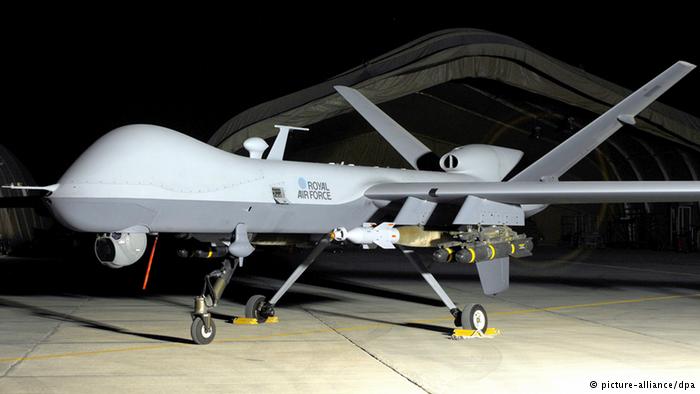
With the capability of carrying heavier payload, the remote-controlled and autonomous flight at highest cruising speed with a 24-hour flight period; the Reaper is ready to jump into the battlefield if the need for so arises. This masterpiece is being used by only the elite forces of Britain, USA and Italy.
Fire Scout: Unmanned autonomous helicopter
The Northrop Grumman MQ-8 Fire Scout is an unmanned autonomous helicopter developed for use by the United States Armed Forces. The Fire Scout is designed to provide reconnaissance, situation awareness, aerial fire support and precision targeting support for ground, air and sea forces.
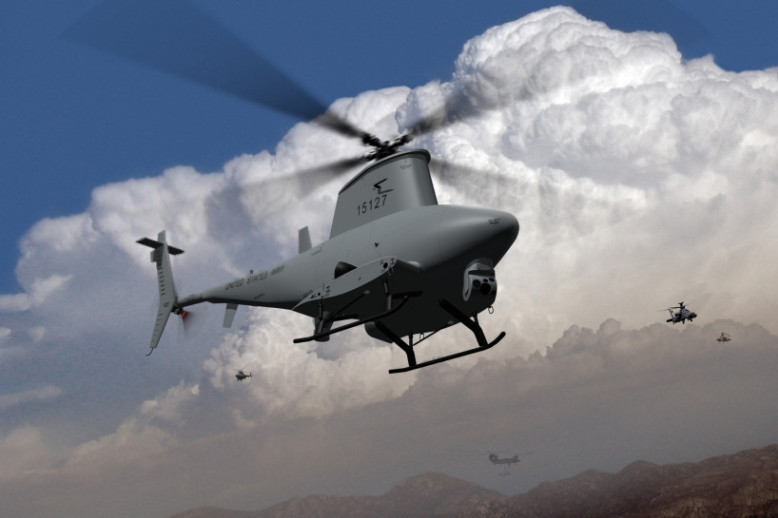
Best suited for long range surveillance over oceans and no-man zones close to borders. It can save a lot of human effort by autonomously checking over oceans for drowning ships, survivors or to check for pirates & other trespasser
Tempest: Weather Reporter drone
When everyone else is running for cover from a violent storm, the Tempest unmanned aerial vehicle is going straight into it. The UAV and its instruments are part of a large-scale scientific research project called VORTEX-2 that aims to understand tornadoes. The 10-foot-wide, 20-pound drone can move at 100 miles per hour. Tempest has sensors to measure air pressure, moisture, wind speed, and temperature.
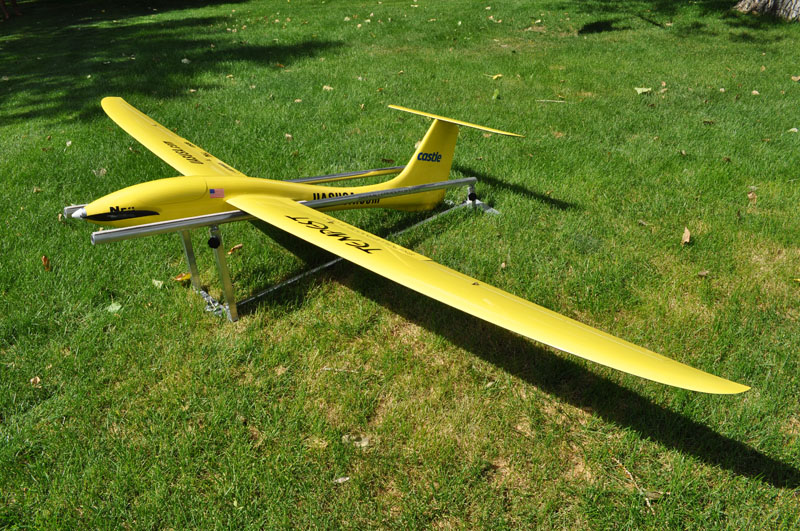
In a test flight this UAV flew for 44 minutes, successfully transmitting meteorological data, along with its position and status, wirelessly to a control station and tracker vehicle on the ground. With such great capabilities the Tempest is expected to explore the secrets of the Bermuda Triangle.
HEXO+ hexacopter: Follow-me drone
All of us enjoy being in front of a camera especially when we are on a vacation, or when we are doing something exciting. Now with Hexo’s octacopter it is extrememly simple to click your own pictures or record videos without missing a single moment.
This hexacopter autonomously flies above its user, shooting video of them. The copter communicates with the user’s iOS or Android smartphone using the MAVLink protocol.
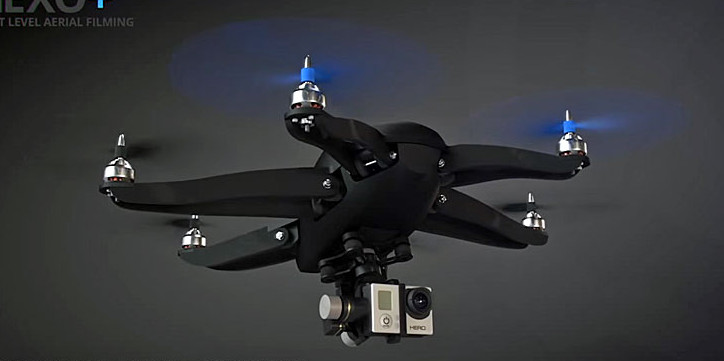
The user starts by utilizing an included app to indicate the perspective from which they wish to be filmed – such as from the front/to the right/X degrees up/from Y feet away. Once those settings are sent to the drone, it automatically takes off and hovers in position, waiting for the user to start moving.
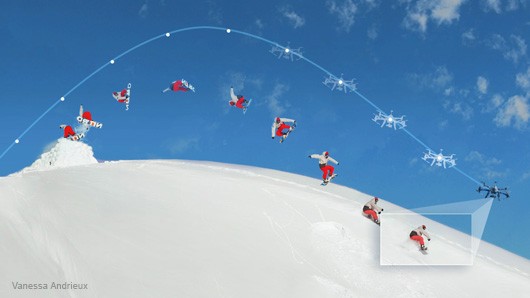
Foam-squirting quadcopter: Flying 3D printer/drone
Inspired by the swiftlet, scientists at Imperial College London’s Aerial Robotics Lab have created a robotic quad-copter that can extrude polyurethane foam while in flight. By targeting where that foam goes, it can build up simple structures, essentially becoming a flying 3D printer.
The technology could have some very important applications. Developed mainly by Graham Hunt and other members of a team led by Dr. Mirko Kovac, the robot’s platform is made from inexpensive 3D-printed components and carbon fiber supports.
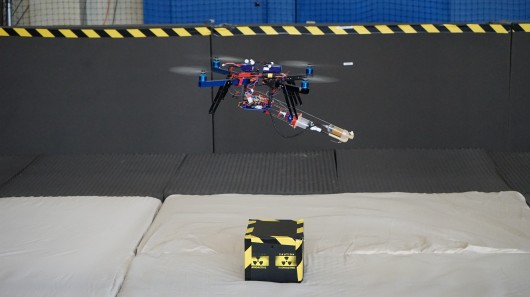
The aircraft uses GPS and an external system of 16 infrared cameras to identify targets upon which to spray the foam, within an indoor lab. That sensor data is transmitted to a laptop computer, that is able to compensate for the constantly-changing angle and mass of the copter’s printing payload. Based on that processed data, the computer relays flight and extrusion commands back to the robot.
The recent advancements in the field of UAV’s has paved the way towards dealing with many problems, but there are many obstacles to tackle yet. One of them being the legislation of use of commercial UAV’s and many other complications which may arise in the event of any misshaping. Aviation regulatory authorities are talking into consideration all possible scenarios before they let these wonders out in the open.
